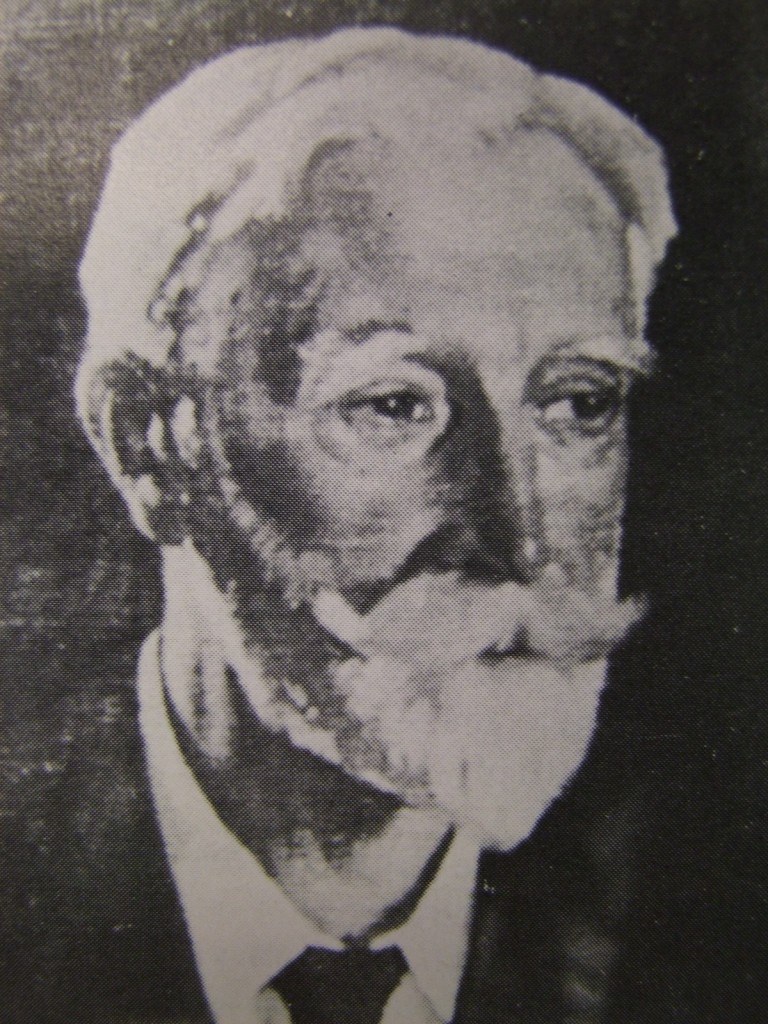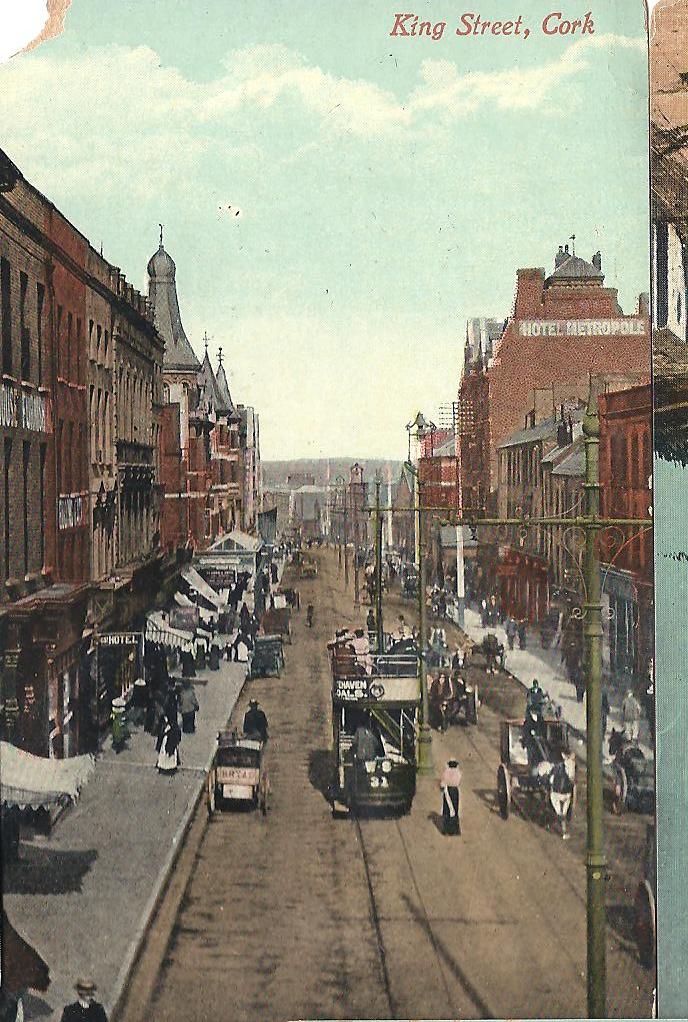
Kieran’s Our City, Our Town Article
Cork Independent, 13 January 2011
In the Footsteps of St. Finbarre (Part 243)
Print, Lines and Stances
Aside from the main halls, stands also aligned the grounds of the Irish Industrial and Agricultural Fair 1932, held adjacent the Straight Road. Stand number one showed an exhibit of Independent Newspapers Ltd. Current issues of newspapers were on sale for readers- Irish Independent, Evening Herald, Weekly Independent and Sunday Independent. The company was formed in 1904 by Cork born William Martin Murphy through the publishing of the Irish Independent.
Research by scholars Dermot Keogh and Andy Bielenberg, of UCC’s History Department, highlights that William was born in Derrymihan near Castletownbere in West Cork. Two years later the family moved to Bantry where his father extended his building contracting business and began retailing building materials. William was educated at Belvedere College, Dublin. On the death of his father, he took over the family business at the age of 19. The company undertook many of the more challenging building contracts in West Cork and Kerry, including church work and public works. William Martin Murphy’s firm became one of the most successful enterprises in the region.
In 1870, William married Mary, the only daughter of James Lombard of Dublin, who had accumulated much personal wealth in the construction of tramways and in the drapery business. William became involved in the promotion, finance, construction and management of tramways and railways. By the end of the nineteenth century, he had developed a range of other business ventures as well comprising investments in newspaper production, the construction industry, hotels and Clerys, the large Dublin department store. William also served as a parliamentary representative (MP) for St Patrick’s Division, Dublin between 1885 and 1892. That put him in a good position to obtain the parliamentary powers necessary to build new railways and tramways. He also amassed a great knowledge of railway law and the law of contracts.
From small beginnings in 1880 as a contractor for the Bantry rail extension to Drimoleague, William became one of the most influential figures in the Irish railway business. Subsequently he went on to construct lines such as Wexford and Rosslare, the Clara and Banagher, West and South Clare, Mitchelstown and Fermoy, Tuam and Claremorris, Skibbereen and Baltimore, and the Bantry Extension. Later in life he organised the construction of railways on the Gold Coast in West Africa from his London sub office. William also became the director of a number of rail lines, being elected to the board of the Waterford and Limerick line in 1885, and when this was amalgamated into the Great Southern and Western Railway in 1901, he was subsequently elected to the Board of Ireland’s premier railway company in 1903.
William’s career experience in railway promotion contributed to his subsequent success in tramways, a business in which he was one of the major entrepreneurs and innovators in the British Isles in the late Victorian era. William built tramways in Dublin, Cork, Belfast, London Southern, Isle of Thanet, Hastings and District, Bournemouth and Poole, Paisley and District and in Buenos Aires, in addition to being one of the pioneers of the use of electricity in Ireland. The Dublin United Tramway Company became one of the first to introduce electrical traction in the British Isles, using the overhead wire and tram-trolley system, which had been initiated in the USA. By 1907, over £2 million had been invested in the system, which covered 55 miles and carried over 58 million passengers per annum. It was one of the best tram systems in Europe.
In 1889, in association with local commercial interests, the Corporation of Cork expressed an interest in electric trams. Hence they planned to establish a large electricity generating plant that would provide public lighting and operate an electric tramcar extending from the city centre to all of the popular suburbs. The site of the new plant was on Monarea Marshes (now the National Sculpture Factory) near the Hibernian Buildings. The Electric Tramways and Lighting Company Ltd, The street track was completed by William Martin Murphy who also became the first chairman of the Cork company. Leading Cork housing contractor, Edward Fitzgerald, soon to become Lord Mayor of Cork, completed the building of the plant. Eighteen tramcars arrived in December 1898 for the opening. Cork was to become the eleventh city in Britain and Ireland to have operating electric trams. They operated until 1932, the year of the Cork Fair.
In 1905, William founded the Irish Independent. A year later he founded the Sunday Independent. He was the principal advocate behind the Irish National Exhibition of 1907 and refused a knighthood on King Edward’s visit to Ireland that year. In 1912, he established the Dublin Employer’s Federation as a reaction to the growing power of organised labour. Worried that the trade unions would destroy his Dublin tram system, he led Dublin employers against the trade unions led by James Larkin, an opposition that culminated in the Dublin Lockout of 1913. With the outbreak of World War I, he supported Irish enlistment in the British Army, but late opposed the idea of partition. William died in 1919. His family controlled Independent Newspapers until the early 1970s, when the group was sold to Tony O’Reilly.
To be continued….
Captions:
573a. William Martin Murphy, a painting by William Orpen (source: National Gallery, Dublin)
573b. Electric Tram on King Street, c.1900, now MacCurtain Street, Cork (source: Cork Museum)
